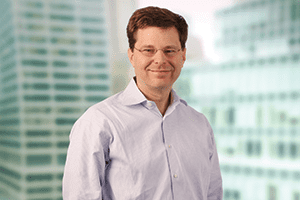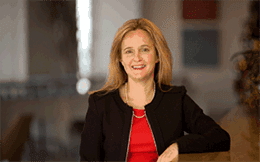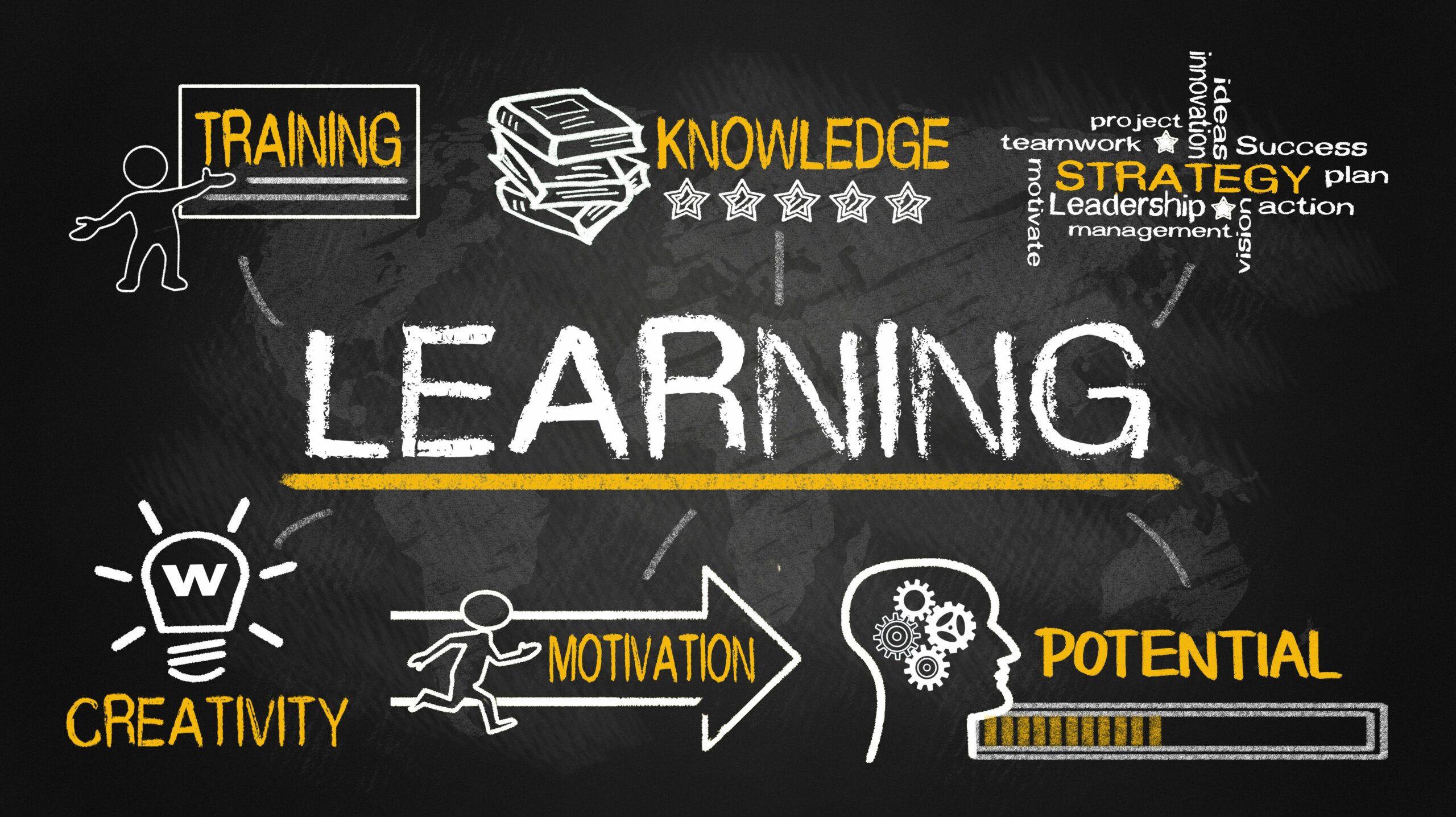Most companies struggle to keep up with the rapid pace of change. New regulations, global competition, economic shifts and rapidly evolving technology can make it feel impossible to stay ahead.
For McKinsey and Co., the global management consulting firm headquartered in New York, the pressure is even greater. When other companies need help to understand the trends affecting their industries, they rely on McKinsey’s 10,000 consultants and 2,000 research and information professionals to help them navigate these changes.
That means McKinsey talent need to have all the answers before the questions are even asked. “The world is changing at an extraordinary pace, and our clients expect McKinsey to be ahead of the curve,” said Nick van Dam, global chief learning officer for McKinsey.

McKinsey has a reputation for being a leading learning organization, but in the past few years, the demand for more learning at a faster pace has driven a transformation at the firm. “The bar keeps rising, and if we want to remain preeminent in our learning offering, we have to constantly evolve,” said Ashley Williams, deputy chief learning officer and chief operating officer at McKinsey’s Atlanta office. “Our clients need more from us, and we need to continuously upskill our consultants to remain effective.”
Providing employees with ongoing learning opportunities not only improves client engagements. It helps McKinsey retain its best people and build a stronger bench of talent, van Dam said. “We know from our own analysis that people who develop a deep expertise stay longer with the firm, and that helps us strengthen our expertise.”
New Content, Shorter Formats
Over the past four years, the learning and development team has been making changes in the format and content of its offerings across three learning pillars: improving mind-set, enhancing consulting and leadership skills, and developing new knowledge and skills. “Our consultants need expertise in all of these areas to be successful,” said Tim Welsh, senior partner and chair of the company’s learning and development council.

At the core of the company’s transformation are several new centers of excellence, focused on key learning functions, including design and development, learning digitization, and content delivery, as well as specific content themes. Each CoE is made up of focused teams that work with internal business advisers and external experts to translate the latest thinking and design strategies into new content and delivery platforms. The CoEs help McKinsey stay ahead of the curve in terms of the knowledge offered and the format it comes in, Williams said. “It has been extremely helpful to professionalize these groups and unlock innovation that we didn’t originally have on the team.”
The CoEs are focused on several projects across the learning organization. To address the need for more easy-to-access content, the learning team is developing a catalogue of bite sized, digital videos and mini-courses that consultants can consume on demand via mobile apps while they sit in an airport or before heading into a meeting. The catalog includes a series of quick start courses that highlight a specific client and key trends in that industry.
When consultants are given a new client or project, they can be automatically assigned these quick start courses as part of their preparation, or they can access them on their own through the knowledge portal. “It helps them get up to speed quickly, at the time of need,” van Dam said.
The development team is creating new longer-form content and curricula to help consultants develop deep expertise in a topic or industry. One highlight is a digital and analytics training program through McKinsey’s Partner University, which is a combination of online collaborative content followed by in-person training events at Harvard and Oxford, where partners build on what they learn. By level-setting with online self-paced training, McKinsey can make the most of in-person time for networking, problem solving and sharing real world client challenges. “There are no PowerPoint decks at these events,” van Dam said. “When we are together it is all about reflection and practice.”
Williams said finding the balance between online training and live events is always a challenge, especially as consultants have little time for in-person, off-site training but still value the opportunity to learn in groups. “We know butts in seats is not the most effective model, but we see the importance of giving them time to be together.”

This realization led to a new pilot program where learner cohorts follow a curriculum track together over time. These learning journeys are developed with input from business unit managers on what these groups need to learn to meet clients’ needs, and may include self-paced assignments, collaborative online learning, coaching and virtual sessions via phone and video conference. “This blended approach still gives them time to be together, but it is more accessible,” Williams explained. “It is one more way we are trying to bring a full learning experience to the learner.”
Expertise Drives Retention
To make sure that all new programs are having the desired effect, McKinsey constantly tracks results. “When you invest in something, you want to make sure it is having the desired impact,” van Dam said. “Learning is no different.”
These measures range from counting how often content is viewed and tracking test results, to surveying consultants about whether they felt like the training got them up to speed faster, whether they spoke with clients about the material they learned and whether they have applied the information in the 100 days immediately following the course. The learning team also speaks informally to trainees during and after class to get anecdotal feedback on new content.
Van Dam said the numbers and feedback consistently show employees like the new content, that it is improving their skill levels and they are applying it on the job. “We are very pleased with where we are on this journey, and the response we are getting from our people.”
However, not every new program and format has been a home run — nor should it be, Welsh said. With demand for new content coming so fast, the learning team doesn’t have time to hone and tweak every new program for months before rolling it out. “We try a lot of things, and refine as we go,” he explained. The key to this rapid rollout model is to sample lots of options, then create a feedback loop to figure out what’s working and what isn’t. “It takes an adaptive mentality to get it right.”
Welsh said having strong links between the business and the learning teams is crucial to staying on top of what new content employees need. “We are on the front line every day talking to practice leaders and clients, so we can find out what’s on their mind,” he said. “It allows us to be more responsive to their needs.”
Having these connections with business units and learners will be vital to continually evolve learning at McKinsey. “It’s not a process you can ever stop,” van Dam said. He and his team are always looking toward what the company will need to meet client needs.
Sarah Fister Gale is a writer based in Chicago. She can be reached at editor@CLOmedia.com.















